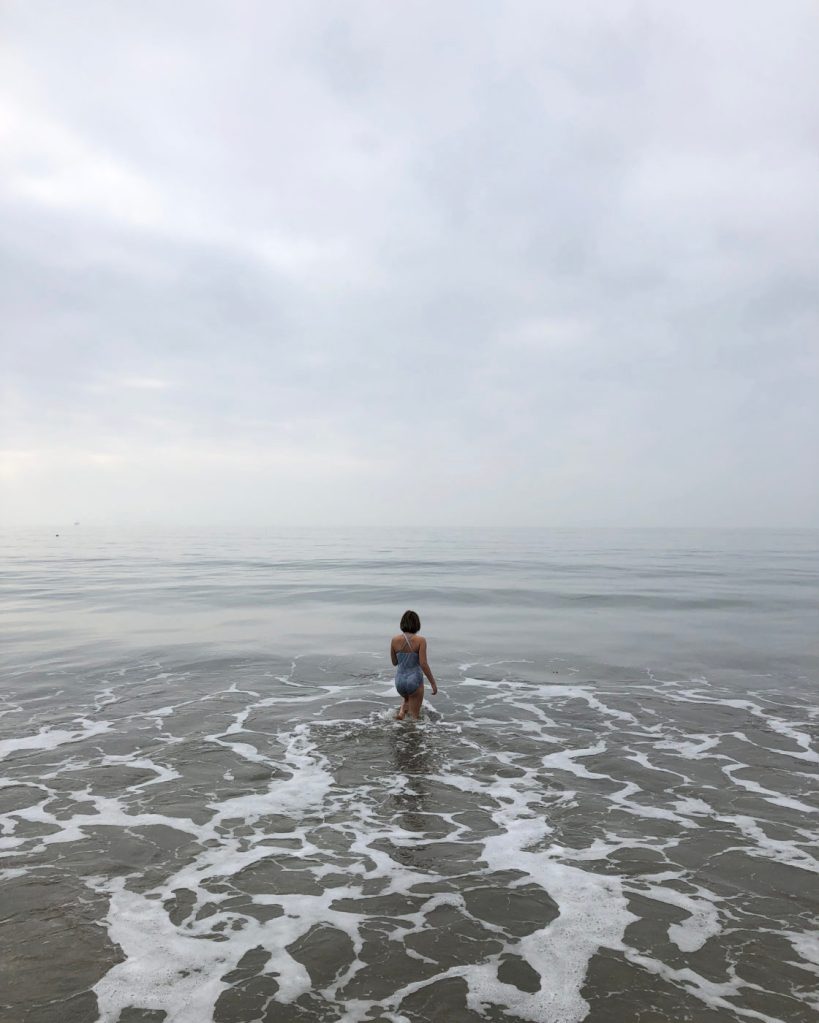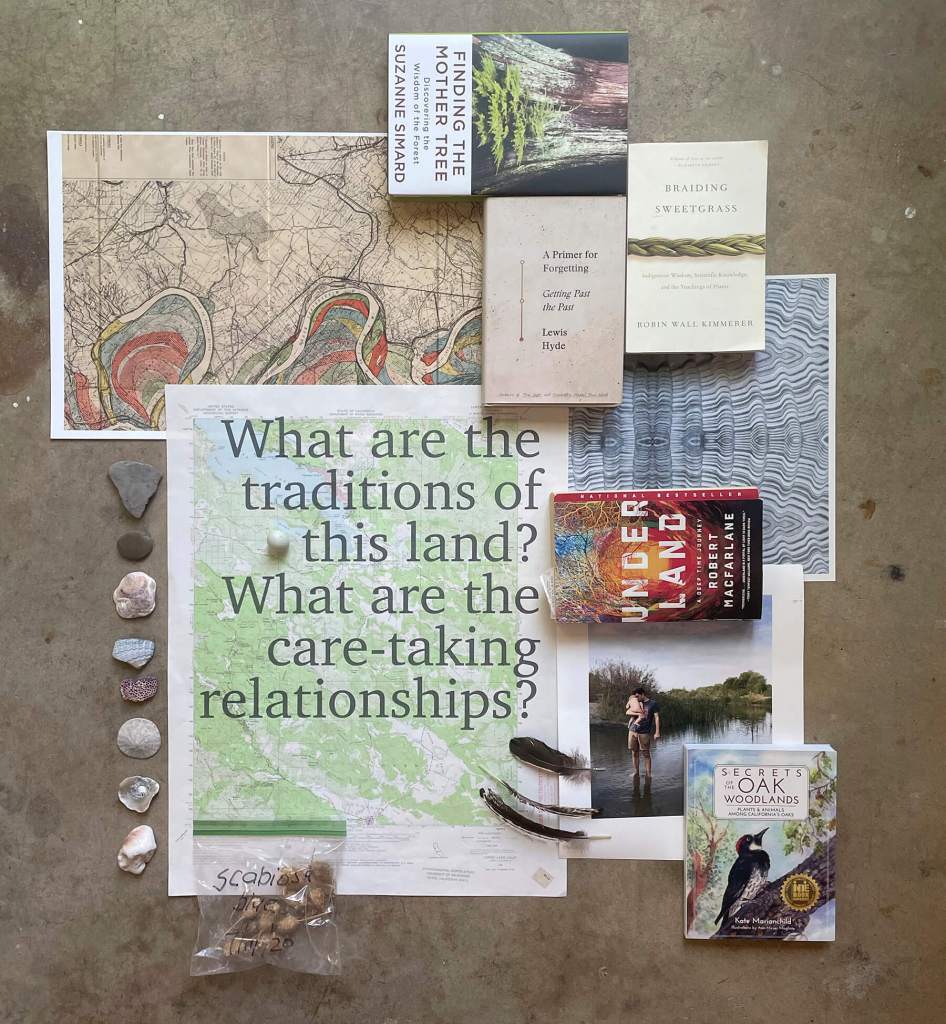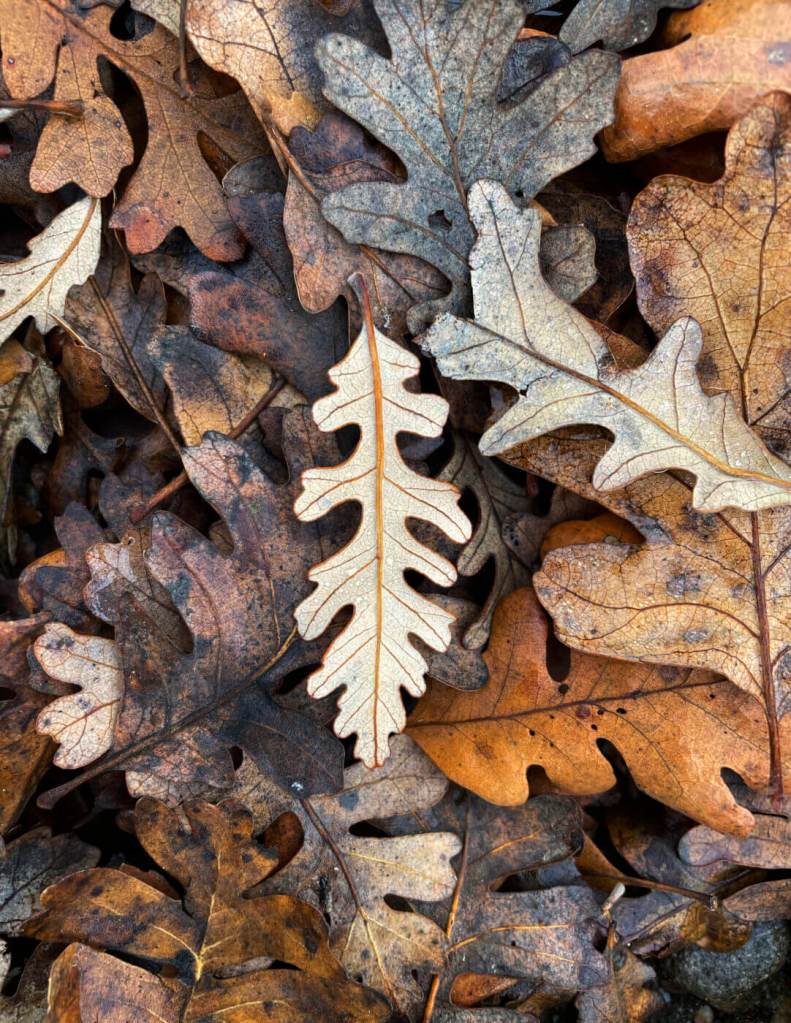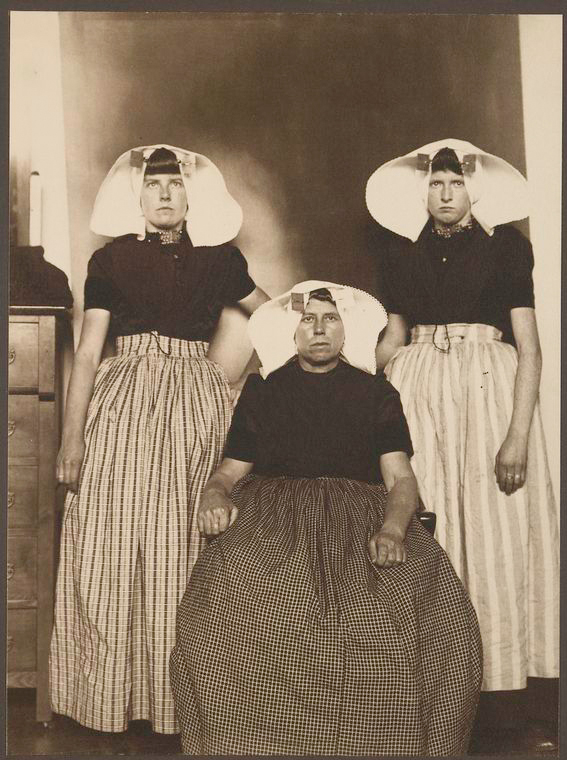Research is a key facet of the Flickr Foundation’s work. We are gathering a group of intersectional researcher partners to question the idea of a 21st century image archive together, and Eliza is one of them.

Who ARE you, Eliza?
My name is Eliza Gregory. I’m a mom of two daughters, a wife/partner, a photographer, a social practice artist, a curator, and an educator. I like cake and noodles and I keep chickens. I have issues with chronic clutter. I am getting more and more interested in plants. This might be the result of middle age, or it might be related to feeling like connecting with plants is the roadmap back from total social and environmental collapse. Or both.
For about ten years I made work about cultural identity and cultural adaptation through a mixture of large format portraiture, interviews, events and relationships. Those projects focused on resettled refugee households in Phoenix, Arizona; mapping the wide array of Australian cultural identities (indigenous, recent-immigrant, and long-time-ago-immigrant; cultural identity tied to gender and sexuality, etc.) in the neighborhood where I lived in Melbourne; and immigration to the Bay Area in California over the last 40+ years.
More recently, I curated a show called Photography & Tenderness that investigates how we can hold photography accountable for the ways in which it has been used to build a racist society and somehow still use it to make something tender. That took place at Wave Pool Art Fulfillment Center in Cincinnati, OH as part of the Cincinnati FotoFocus 2022 Biennial.
And I’ve been working on a project I call [Placeholder], about holding and being held by place. It investigates relationships between people and land and asks what might happen if we acknowledged the fundamental rupture that has occurred between land and people, and began working to repair it. So far I’m mainly in the research phase of that work, but my research has taken place with my students at Sacramento State University, and with other artists, and I’ve pulled together two different exhibitions to invite audiences into that research at Axis Gallery, Sacramento, CA: [Placeholder] a studio visit with Eliza Gregory and [Placeholder]: florilegia.



I started out my career trained as a fine art photographer and a creative writer. I have always been interested in telling stories with pictures, but as soon as I tried my hand at it I got caught up in questions about the ethical implications of making an object about (i.e. objectifying) another person. I started to solve those problems by building out relationships and project structures that relied on exchange and accountability, and then went to grad school in Art & Social Practice at Portland State University. That program was a revelation for me and really provided the tools and the language I needed to keep building out my work in a way that felt good. In my experience, the dialogue around social practice is much more radical and useful and socially critical than the dialogue around photography, so I’ve really leaned into that space. But I still enjoy pictures and appreciate how powerful they can be.
Flickr is an interesting organization because it hosts a lot of pictures, but it also catalyzes a lot of relationships and interactions around those pictures. So Flickr represents an institution based around social practice and photography, in a certain way.
Why did you join as a research partner at flickr.org?
What is the relationship between justice and photographic representation? That is a question I think about a lot.
The human brain likes to simplify things. It’s how we are able to perceive so much and yet still focus on a single task or idea. And it’s why we take something like a human being, with a whole life full of perceptions and feelings and paradoxes, and reduce them to a single descriptor–child. American. Woman. White. Cis-gendered. Hetero. Middle aged. Tall. Pink. (I had someone I was photographing once tell me I was “big and pink.” And…I couldn’t argue.) Or we take an individual from another species, who has a whole life full of specific experiences, and reduce it to just the species name: rat. Grey squirrel. Monarch. Or even more reductively: Tree. Butterfly.
Photographs basically do the same thing. You take a whole moment filled with a million different feelings, thoughts, respirations, scents, sensations, views and reduce it to one small, flat, rectangle. And we call that a picture. And we equate it with “truth.”
That’s a problematic process, based on a problematic (though necessary and useful) human tendency. It’s inherently reductive. And yet we see it as a mechanism for communication, inquiry and learning. Photography can be a mechanism for those things, certainly. I used it for that purpose in a project called Massive Urban Change, where I photographed a dynamic urban environment that you can never fully take in SO that it would hold still; so that you could look at it more closely. But that reductive quality of photography can be used for radically different ends. It has also been a tool for building racist societies; for creating and cementing stereotypes; for mapping natural resources for extraction and destruction. Sometimes photography obfuscates truly important complexities by reducing things too much.
A lot of my work has been about interrogating the process of making photographs, especially of people (and now of places) to try to understand when photography is doing what we like to tell ourselves it’s doing, and when it’s doing something else.
I want to know, how do photographs shape the stories we tell ourselves, and how do those stories, in turn, shape society?
Thinking about Flickr is a way of approaching some of these questions. And thinking about how to conserve Flickr adds a whole new dimension to them. I wanted to work with the Flickr Foundation mostly because I like the people it is bringing together–there is so much work going on around archiving images and cataloging images and reading images and finding certain images that goes beyond what I know as a maker of images. I love getting to be at the table with people who work on photography from such different angles. It helps blast me out of my normal frame of reference.
I also want to be bringing my students into photographic dialogues that are larger than our classroom. The Flickr Foundation is actively thinking about how to intersect with students and curriculum design. I want to create opportunities for my students to do meaningful work, and I see the Flickr Foundation as a partner in that.
Finally, I really love exhibitions. In some ways, exhibitions seem to be heading toward obsolescence, much like museums themselves. Both those structures are built on gatekeeping, colonial hierarchies, and a top-down, hierarchical flow of knowledge. So in the social practice dialogues I am a part of, sometimes the exhibition as a form feels sort of passé. But I love it as a way of creating experiences for people, of shaping or catalyzing dialogues, of giving people a gift. And the Flickr Foundation feels like a partner that I could potentially build visual experiences (exhibitions!) with.
What do you think will be the hardest parts of achieving its 100-year plan?
The questions around how to conserve digital material for a hundred years are HARD. That’s what I learned from bringing some of those questions to a group of senior photography students at Sacramento State University this fall. George has been delivering a 100 year plan workshop to various groups, and we conducted a version of that experience with my students. It’s basically asking people to think about what digital images will look like, consist of, and be viewed through in 100 years. As well as, What will it take to preserve a digital image we have now for that long? And how do you build an organization that can do that?
George had us start with finding an image of a place that’s meaningful to us, and then going out and trying to find the oldest photograph we can of that same place. Right away, that activity makes you think about how we view places, and what photographs we have access to, and what places we have access to visually. I once asked a group of photo history students, What is a photograph you wish you could see that’s impossible to make? A really surprising number of them said, “I wish I could see a picture of the pyramids being constructed!” That feels like a complementary mind-exercise to me, because we are so used to being able to see anything and everything we want in pictures. It’s important to remember that they haven’t always existed. And to contemplate what is un-photographable.
Then my students and I struggled to project our imaginations even into the near future to anticipate how technology will change, how behaviors will change around technology (both as it currently exists, and in terms of platforms and processes that haven’t been invented yet), and what it will mean to actually translate a jpg into multiple new file formats without losing whatever data make it a recognizable image in the first place.
Everything about this seems hard to me. The only things I’ve been able to hang on to so far, and visualize, are some of the foundation’s ideas around ritual—perhaps there will be a ritualized translation from one format to another every five or ten years. The idea that conserving something by allowing it to change feels very resonant—perhaps that is a shift in perspective that we are approaching on many fronts at once, from interpersonal relations (growth mindset!) to global ecology (I’m thinking of Anna Tsing’s book The Mushroom at the End of the World).
The scale is also difficult to fathom. 50 billion images is…so many images. And the collection is likely to grow. So the usual questions around archives are present too—what do we keep? What do we throw away? How does someone access the resource? How does someone FIND what they are looking for? (And along the way can we help them maybe find a few things they aren’t looking for but need or want to see?)
At the end we made zines to try to pull our thoughts together.
How do you hope to use the partnership to further your own research?
In my current artistic work, I research intergenerational narratives—both because inserting ourselves into them in families leads to improved mental health and in terms of how thinking about intergenerational narratives shifts our understanding of stewardship of the land that cares for us—and I’m a photographer. So the question, How do we approach the conservation of digital images for future generations? relates to HOW we are going to tell those intergenerational stories. I think that some of the long-term storytelling strategies we’ve lost track of or never understood within British-influenced contemporary American colonist culture—such as oral history and land-based, place-based knowledge—are tools we might turn to. But right now we are so image-obsessed that pictures will be in the mix too, and they might be the bridge that gets us to new (or old!) styles of connection, communication and storytelling.
Eliza Gregory is an artist and educator. She makes complex projects that unfold over time to reveal compassion, insight and new social forms.
www.elizagregory.org
–
With apologies to Eliza for leaving it so long to post this! ❤️
– George


